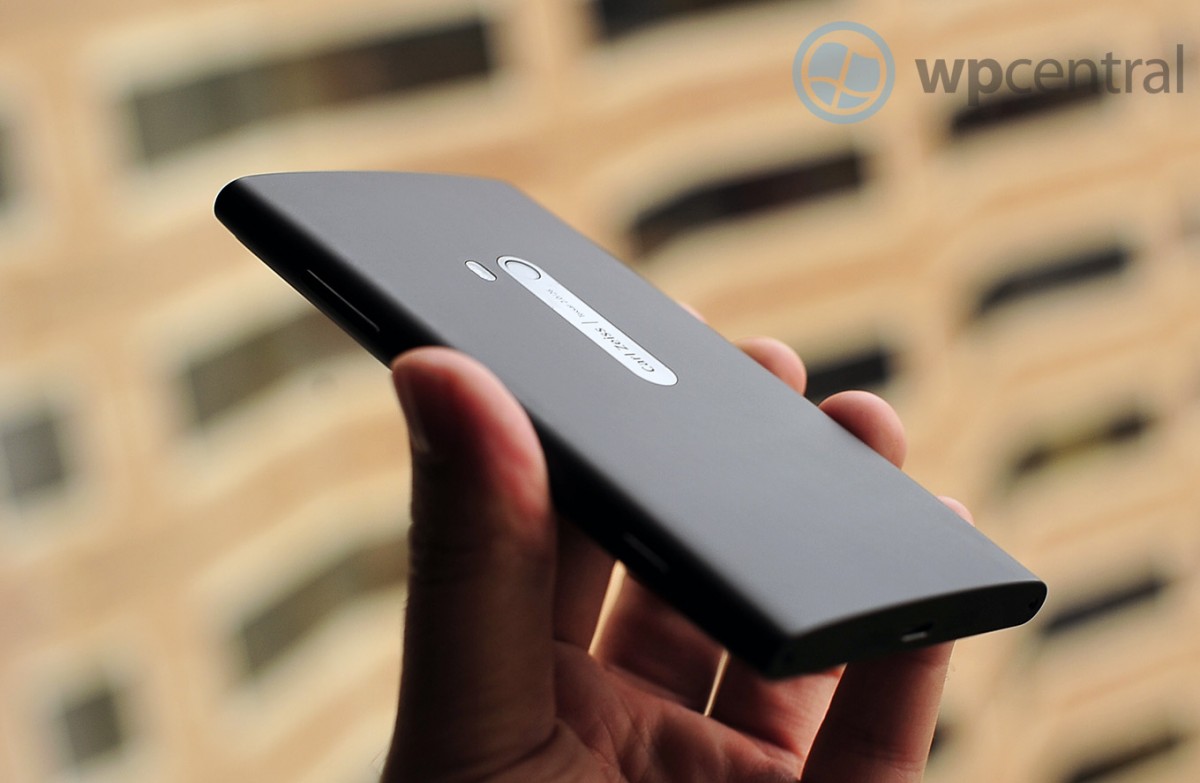Decade in review: 2012 brought Qi wireless charging and reinvented how we juice up our phones

Apple didn't invent or create Qi wireless charging and was actually one of the last major phone manufacturers to include wireless charging in their phones. Apple doesn't even have an official branded Qi wireless charging pad of its own. Apple doesn't really have anything to do with Qi charging, and inductive charging in general, except when you start to look at the bigger picture.
The Qi charging standard for inductive charging changed the landscape of smartphones as we knew it, and when it comes to the future of all phones — iPhone included — the technology has a ton to offer.
A brief history of Qi wireless charging
Qi is an open interface that is used for wireless power transfer via inductive charging that was developed by the Wireless Power Consortium. That's a fancy way of saying it's a bunch of companies that work together to promote the use of Qi wireless charging around the world.
Qi is a standard for inductive charging, but there were other organizations competing with Qi for a while. The biggest competitor was likely the Power Matters Alliance. Qi has largely "won" the wireless charging war. as now Qi wireless charging is available in many smartphones from almost every major phone manufacturer. Of course, it all started with one.
Remember Windows Phone? Qi wireless charging sure does

While Qi was "invented" in 2008, the first widely-available phone to adopt the Qi standard and feature wireless charging was the Nokia Lumia 920 in 2012. The Samsung Galaxy S3 (also made available in 2012) was Qi wireless charging compatible with an additional accessory, but Nokia put it into the phone itself.
Fun fact: The picture above is so old, it still has the watermark from when our sister site, Windows Central, was called Windows Phone Central — where has the time gone!
2012 marks the year when the idea of charging your phone with a cable plugged into your device started to become a thing of the past. Suddenly, you could put your phone down on a charging pad and watch the battery percentage go up — it was kind of like magic.
iMore offers spot-on advice and guidance from our team of experts, with decades of Apple device experience to lean on. Learn more with iMore!
What does this have to do with Apple?
Look, it's no secret that Apple was a little late to the Qi wireless charging game. It didn't include inductive charging into its iPhone lineup until the iPhone 8, iPhone 8 Plus, and iPhone X was released in the fall of 2017, and by that point, plenty of other companies had been including it in their phones for a few years.
The benefit of Apple waiting a bit longer is that the company avoided the brief period where multiple wireless charging standards were prominent. Adopting the Qi standard once it came out on top was an easy decision, plus with the iPhone X being the 10th anniversary of the iPhone, a big design overhaul made a lot of sense. Regardless of why or why not Apple waited, Apple getting into the Qi wireless charging game is a big win for everyone, not just Apple users.
Regardless of whether you love or hate the iPhone, it's one of the top-selling smartphones around the world. Lots of people use it every day, and therefore, when a company like Apple adopts new technology, the industry follows suit.
The adoption of Qi wireless charging has rapidly increased over the last few years. Airports have charging pads all over. IKEA makes lamps that have built-in Qi charging pads; even Starbucks includes tables with charging pads inside so you can enjoy your java and charge your phone. I'm not saying this growth is entirely because of Apple ( that would be a ridiculous claim), but it's contribution certainly didn't hurt.
What will Qi do for the future?
Recently, the internet went crazy when the rumor was reported that by 2021 the iPhone might have absolutely no ports at all. The headphone jack has been gone a while now, but this would mean the Lightning port would also be gone. There is absolutely no way this would even be in the realm of possibility if Qi wireless charging hadn't made its way into the smartphone world back in 2012.
Of course, this is just a rumor, and that doesn't mean changing to a portless design wouldn't be without its problems. Over the air updates and device data recovery can be tricky but put all your doubt away for a second and think of what this could mean for the future.
Wireless charging, as of right now, is only so fast, but it's getting faster — and something like a portless phone would only encourage development in these areas. Waterproofing phones without ports is easier (and less expensive to some degree), charging devices with other devices (like you can with Samsung's flagship) would become even more useful, and likely prominent. The future is pretty bright for a world where Qi wireless charging reigns supreme.
None of it would be possible without the Qi wireless charging standard being included in the Lumia 920 in 2012.
More navigation links:

Apple
- Apple across the decade
- Rene Ritchie's product of the decade
- The iPad
- iPhone 4s
- Qi charging
- iPhone 5c
- iOS 8
- Apple Watch
- Pokémon Go
- Nintendo Switch
- iPad Pro
- iPhone 11 Pro
- Nintendo
- Top Google stories of the decade
- Google Home & Google Assistant
- Moto X
- Roku
- Chromecast & Google Cast
- HDR+
- Samsung Galaxy S7
- Alexa & Amazon Echo
- HTC One M7
- Robot Vacuums
- Google Cardboard
- Google Wifi
Microsoft

Luke Filipowicz has been a writer at iMore, covering Apple for nearly a decade now. He writes a lot about Apple Watch and iPad but covers the iPhone and Mac as well. He often describes himself as an "Apple user on a budget" and firmly believes that great technology can be affordable if you know where to look. Luke also heads up the iMore Show — a weekly podcast focusing on Apple news, rumors, and products but likes to have some fun along the way.
Luke knows he spends more time on Twitter than he probably should, so feel free to follow him or give him a shout on social media @LukeFilipowicz.

